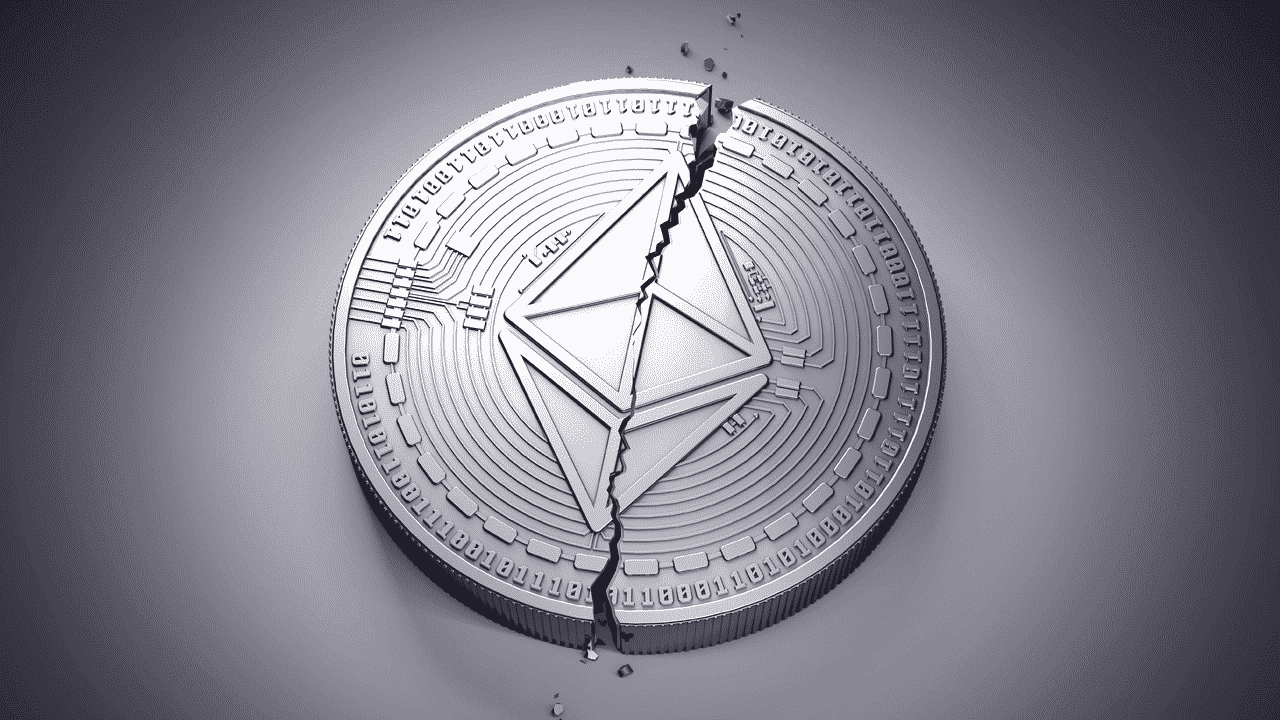

During this time, hundreds of new Web3 projects began offering initial coin offerings (ICOs) to investors as a way to raise funds. While utility tokens were around before the 2017 bull run, they gained mainstream prominence during the "ICO craze" of 2017-2018. All utility tokens live on smart contract blockchains, and many of these cryptocurrencies use Ethereum token standards like ERC-20. Ethereum was the first project to introduce smart contract functionality, which refers to coded commands that use "if/then" statements to perform automatic tasks on a blockchain. Utility tokens weren't possible before the Ethereum (ETH) blockchain began operations in 2015.

What do ICOs have to do with utility tokens? For instance, people who want to use a dApp on Polygon have to use the MATIC token to confirm transactions. Paying network fees: People have to pay transaction fees using a smart contract blockchain's native utility token.In addition to rewarding content creators, this function may influence the ranking of comments or videos on a social media dApp's main page.

Tipping: Utility tokens may serve as a dApp's built-in tipping mechanism.Crypto exchange perks: Some centralized crypto exchanges (CEXs) like Binance, KuCoin, and offer utility tokens to reward holders with perks like discounted trading rates.Also, these utility tokens often serve as a rewards mechanism in play-to-earn games like "Axie Infinity." Gaming: Many blockchain-based games have utility tokens that can be used to buy in-game items like NFTs (non-fungible tokens).Technically, if a utility token gives people this privilege, it's known as a " governance token." While every dApp has different rules for blockchain governance, one of these tokens typically represents one vote. Voting: Utility tokens give people the right to vote on upcoming improvement proposals on a dApp.A few common ways people use utility tokens include: There are dozens of possible use cases of utility tokens. What are the primary uses of utility tokens? Instead, developers create utility tokens to drive growth and engagement or raise funding for their dApps. While utility tokens have monetary value in the open crypto market, they aren't trying to be a medium of exchange, inflation hedge, or a long-term store of value. The point is that utility tokens only serve a function within their respective ecosystems. Some utility tokens like Uniswap's UNI may grant holders voting privileges on a dApp. For instance, utility tokens can be used to purchase in-game items in metaverse titles like The Sandbox. Instead, Web3 project leaders "pre-mine" their utility tokens and send them to team members, early investors, and the general public.Īny crypto project can release utility tokens on a smart contract blockchain to grant users access to special features. Most often, utility tokens aren't mined into existence like Bitcoin or Litecoin. Instead, a utility token only has a use case within its respective smart contract protocol.

Unlike cryptos like Bitcoin (BTC), utility tokens aren't designed to be a real-world medium of exchange. Now that more cryptocurrencies are available on exchanges, many investors are asking themselves, “What is a utility token?” Why is it so significant to distinguish utility tokens from other types of tokens? Are there legal implications to separating utility tokens from other crypto projects? What is a utility token?Ī utility token is a cryptocurrency on a smart contract blockchain that serves a specific function in a crypto project's ecosystem. As smart contract blockchains like Ethereum continue to scale, more blockchain developers are issuing unique utility tokens for their Web3 projects. Unlike coins and security tokens, utility tokens provide users with dozens of features on blockchains and dApps (decentralized applications). Utility tokens are a distinct category of cryptocurrencies.


 0 kommentar(er)
0 kommentar(er)
